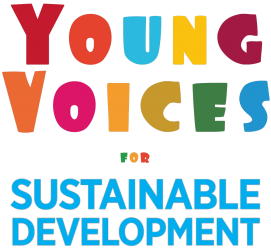
Saxony-Anhalt has around 532,000 hectares Forest, which accounts for about a quarter of the total land area (Quote: Ministry of the Environment,
Agriculture and Energy Saxony-Anhalt). The forest in all its facets is an important Ecosystem for our environment, animals, insects and of course for us humans too.

Trees, shrubs, Mushrooms and forest soils together make a living Shelter for animals and insects of all kinds. Trees store CO2 and win from the Carbon sugar. This releases oxygen. With the cleaning of the atmosphere and the Production of oxygen takes over the tree thus an important survival for humans Function. Trees are also important in the fight against the so-called greenhouse effect. By carbon dioxide, Ozone, methane and other gases, their proportion due to growing industrialization and decline from forests, there is a warming of the Earth.

As a result, not only poles and polar bears melt lose their living space. By the rising Sea levels disappear whole islands of the map. Trees are the only ones that have something against the greenhouse gases can do. It must therefore on the one hand the amount of greenhouse gases on the other hand forests too protect. To reduce climate change, we have to save energy (eg heating, electricity) and should not use fossil fuels for heating like using more coal or oil, there’s more Carbon dioxide is produced. And then the forest is also an important retreat and resort for us humans.

A Visit is worthwhile, maybe you will find a Forest fairy like us in our fairytale too!
We wish that forests are spared and be managed sustainably and in our Environment, especially in the city, many Trees will be planted and maintained. Our contribution? We do not throw garbage in the forest, avoid, where possible, paper and cardboard consumption, and consumer goods containing palm oil!
![]()
With the nature fairy tale Die Waldfee the children of the fourth grade of the St. Hildegard primary school in Haldensleben, the YOUNG VOICES for SUSTAINABLE DEVELOPMENT, campaign for more environmental awareness and especially for the protection of the forest ecosystem in Mittelelbien and around the world.
Die Waldfee is part of the environmental fairytale campaign Nawa & Bubo powered by Explority. To learn more about this program click here


















